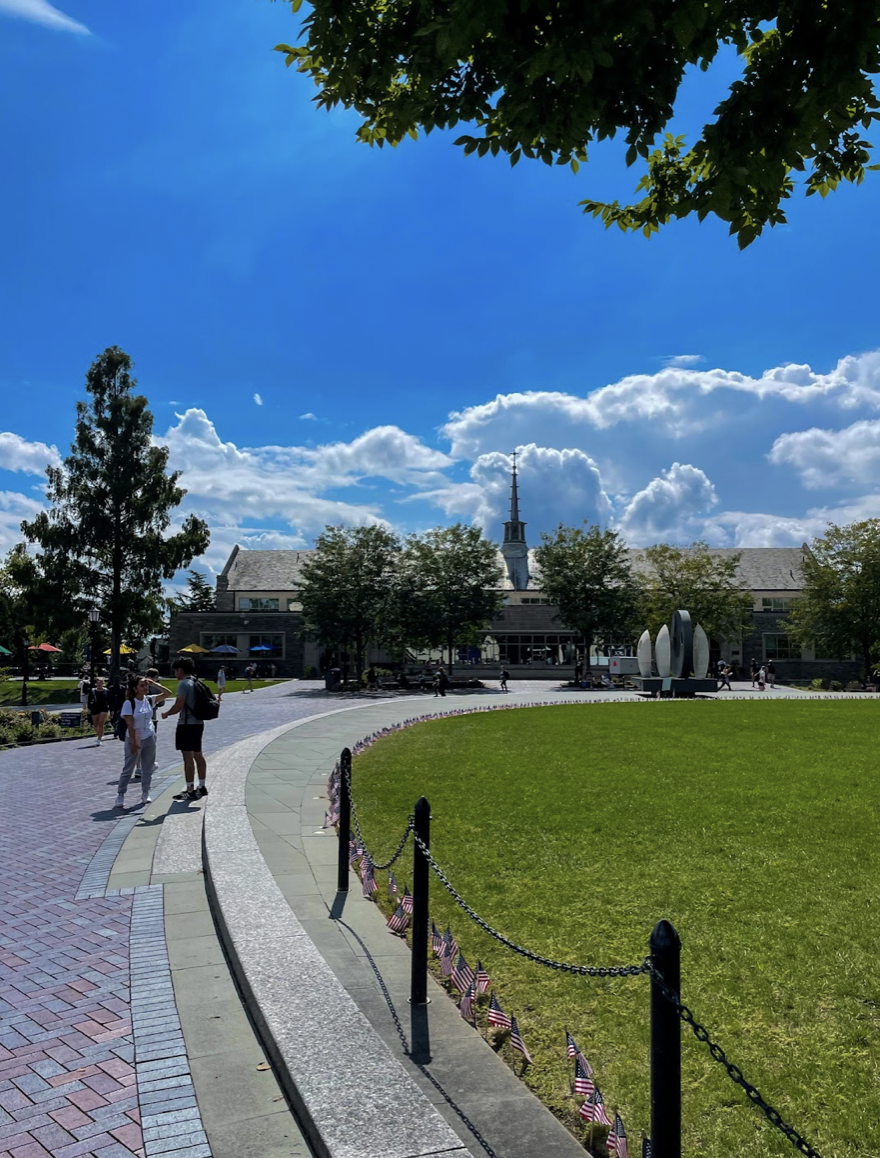Villanova students could not beat the heat when they returned to campus after Labor Day Weekend. Philadelphia and the surrounding areas experienced what could become this year’s longest heat wave, and potentially even the longest heat wave the area has seen in 92 years.
Last week consisted of temperatures exceeding 90 degrees almost every day, as well as high levels of humidity, which only made students feel the heat more.
While temperatures will likely drop again in the coming weeks, this won’t be the last heat wave Villanova will experience. Instead, it is likely just the beginning of what is soon to come.
As the global climate continues to change, heat waves like this will only continue to become more common. In recent years, heat waves have increased not only in frequency, but also in intensity and duration.
Today, the average heat wave is about four days long. Many major cities are experiencing up to six a year, both in the United States and internationally.
Global temperatures are reaching deadly highs and are affecting the quality of daily life in a number of places, showing us a glimpse of what we might soon face.
While natural patterns contribute to a portion of the extreme weather, researchers agree that the main blame lies with burning fossil fuels and greenhouse gas emissions, which trap heat in the atmosphere. A 2023 World Weather Attribution study revealed that greenhouse gas emissions have also caused heat wave temperatures to rise by several degrees.
With no significant action to mitigate climate change, this will only continue to worsen, and we are not equipped to deal with the consequences.
In the grand scheme of the heatwave’s effects, the University is in a relatively privileged position. The majority of Villanova buildings are air conditioned, providing some respite from the weather.
Compared to many of the schools in the Philadelphia School District, for example, which were forced to close early due to a lack of air conditioning, Villanova students are indeed fortunate that their education can continue with only discomfort or minor disruptions.
However, it’s essential that we do not disregard the environmental implications of what is happening right now just because we aren’t as impacted. Heat is already the number-one weather-related killer of Americans.
As these periods of extremely high temperatures continue to increase in both intensity and duration, a large portion of the United States population, especially children, the homeless and those in low income communities, will be endangered to an unprecedented extent.
While the effects of climate change often disproportionately affect certain groups, extreme heat is something that everyone will be forced to contend with eventually, as global warming only intensifies.
Soon, it could be our education being interrupted.
We also have to realize and acknowledge that our main source of relief from the heat is not a permanent solution. Even when buildings have air conditioning, many units were not built to continually keep up with and provide cooling through increasing temperatures.
Freshman Medha Tomar said that she and her roommates set their air conditioner “lower and lower each day,” but are still feeling like “it’s too hot in the room.”
Moreover, the overreliance on air conditioning at Villanova and around the world is actively contributing to global warming and the extreme weather, creating a dangerous cycle.
As air conditioner usage continues to rise in response to the heat, more and more electricity will be used, creating more emissions. These emissions contribute to increased temperatures.
This is not a problem unique to Villanova. The world as a whole is unequipped to deal with the fallout that will soon come from global warming and the lack of responses to it.
While Villanova has been working towards sustainability, for example through its climate commitment, we need to get used to the idea that this heat could become our new normal and prepare accordingly.





